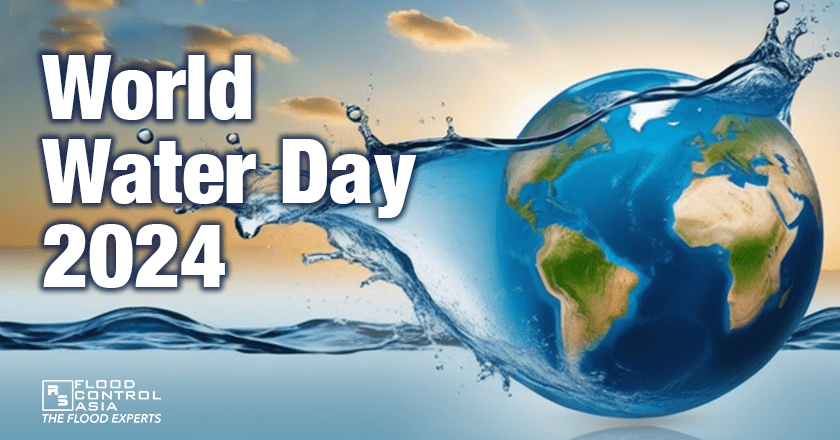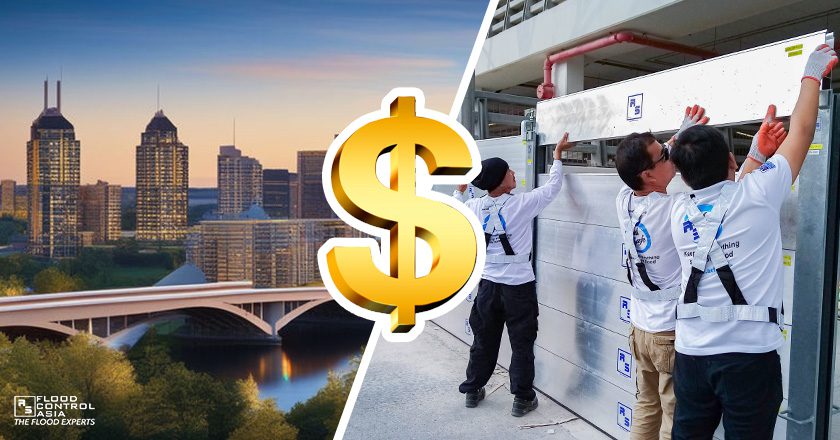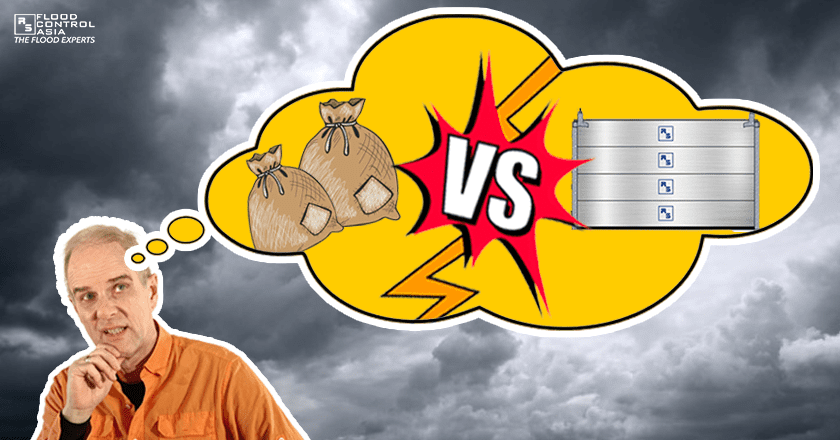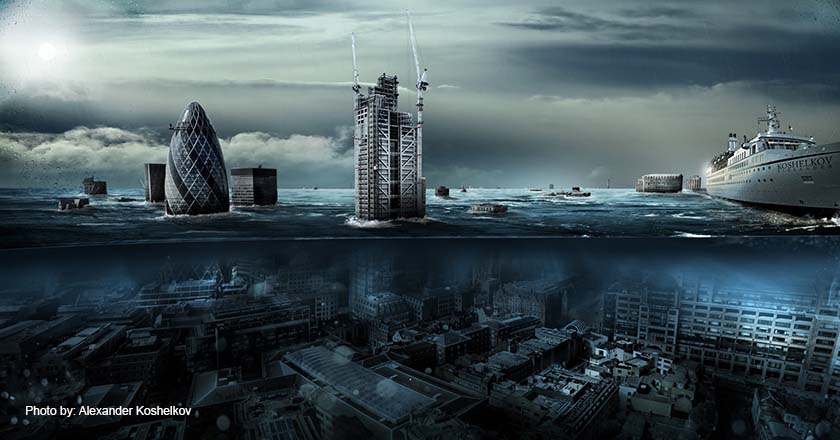Flooding As a Secondary Effect of Earthquakes
October 14, 2021 | Created by: Andreas Klippe | Comments
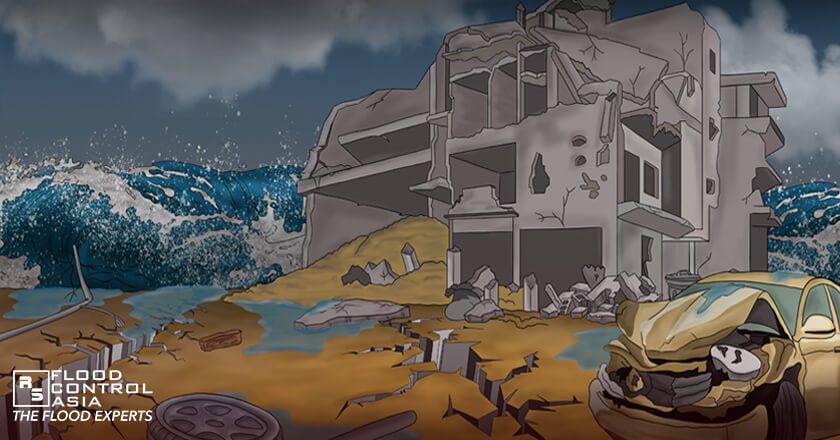
Earthquakes can cause serious damage and fatalities in populated areas, but earthquakes are not always the ones responsible. There are other natural disasters which earthquakes trigger and can be more ruinous. One of them is flooding, which we can consider as a secondary effect of earthquakes.
Not an Ordinary Secondary Effect of Earthquakes
An earthquake is an extreme shaking of the surface of the Earth. Some of its possible primary effects are tsunamis, broken dams, and liquefaction. All these can result in flooding, and flooding can become a secondary effect of earthquake activities.
Tsunamis
When earthquakes shake the sea floor, water is displaced and waves form. If these waves become huge enough to be tsunamis, they can cause flooding in areas where they hit inland.

Tsunamis can affect not only the coastal area where the actual earthquake happened, but also the locations thousands of miles away. This was evident in the earthquake and tsunami that caused destruction and millions-of-dollars worth of damage in Japan (March 11, 2011), Indonesia (Dec. 26, 2004), and coastal California (150 tsunamis have hit the coastline since 1880.
Broken Dams

Broken dams can also cause flooding.
How?
These structures hold water in, don’t they? When an earthquake occurs, it may damage the integrity or strength of the structure, allowing water to flow out. Hence, water could flood nearby low-lying areas.
Liquefaction

Liquefaction is the blending of soil and groundwater during a moderate or strong earthquake. When the soil and water are mixed, the ground becomes very soft. Then, the area will be flooded with soil and groundwater ejected to the surface.
If the liquefaction happens under a building, it may begin to fall over, bend, or sink.
Tsunamis, broken dams, and liquefaction can result in flooding, which becomes a secondary effect of earthquake activity.
Yes, flooding is just a secondary effect of earthquakes. However, it is a fact that it has wreaked havoc throughout human history by causing casualties, isolating communities, damaging critical infrastructure, cutting necessary services, and destroying livelihoods.
Now is the time to do something to resist flooding. How?
Resistance through Preparation
An earthquake can be terrifying and difficult to predict, but we can prepare ourselves and our properties for its effects that can lead to flooding. We don’t want floods to trouble us, right? We have to increase our chances of surviving one of the strongest forces of nature —FLOODING— by doing some preparation.
Aside from physical damage, if you are not ready for the possibility of flooding, recovery can be stressful, costly, and slow.
That’s dislikable, isn’t it?

Therefore, preparation is what we need to resist flooding, considering, too, that floods can be unpredictable just like its possible secondary cause — an earthquake activity.
Now, to become prepared, you need modern technology made to resist water, weather, and corrosion and to address the worsening climate change. This technology can protect you even if you will have to live with flooding for 100 years.
If you are not prepared for the possibility of flooding, recovery can be stressful, costly, and slow.
The list of examples of this technology widely used in the European Union has been narrowed down to 14 Flood Barriers, manufactured in Germany, the Netherlands, and Sweden. You can certainly explore these by clicking the “WATCH THE VIDEO” button.
Then, if you want to consult a Flood Expert for flood protection, click the “BOOK A MEETING” button.



